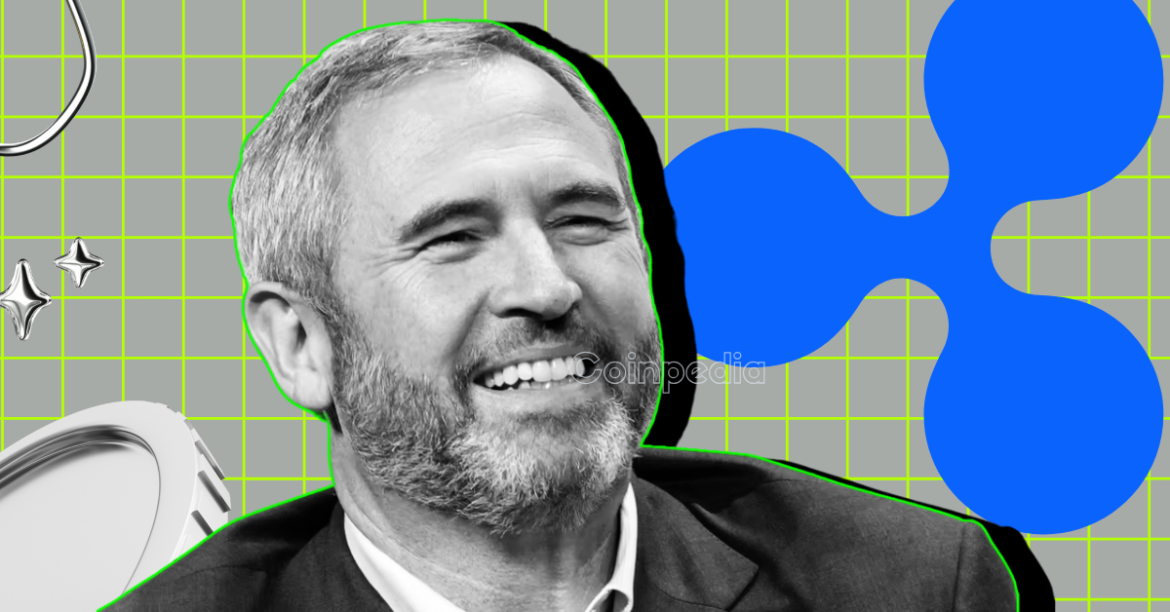Ripple CEO Brad Garlinghouse has recently emerged as a vocal advocate for unity within the cryptocurrency ecosystem, challenging the longstanding divisions between the Bitcoin and XRP communities. His statements and actions highlight a broader theme: the detrimental role of “maximalism” or extreme brand loyalty and rivalry in the crypto industry’s progress. Analyzing Garlinghouse’s recent discourse and moves reveals a deliberate push toward collaboration, respect, and a multi-asset vision for digital currency adoption.
Challenging Maximalism: An Obstacle to Progress
Garlinghouse has repeatedly framed “maximalism”—the belief in the supremacy of a single cryptocurrency, often Bitcoin—as an adversarial force stalling industry innovation and cooperation. He argues that maximalism props up tribalism, which fractures the community and ultimately undermines the sector’s collective potential.
In his words, “maximalism is the enemy of the industry’s progress,” emphasizing that the future of crypto is not zero-sum but expansive and multi-dimensional. By dissuading binary rivalries, Garlinghouse advocates for a broader ecosystem where multiple digital assets can coexist, each with particular use cases and advantages.
This approach reflects Ripple’s strategic positioning. Their focus on XRP’s strengths—transaction speed and low costs—complements Bitcoin’s role as a decentralized store of value. Calling maximalism into question, Garlinghouse spotlights the need for diverse innovation rather than exclusive competition.
Bridging the Divide: Bitcoin Community Is Not the Enemy
The clearest articulation of Ripple’s reconciliation efforts appears in Garlinghouse’s repeated statements dismissing the notion that Bitcoin holders and XRP advocates are rivals. He clarifies that the Bitcoin community “is not our enemy,” and that mutual success benefits the entire crypto space. This message seeks to quash the often hostile rhetoric between the so-called “XRP Army” and Bitcoin maximalists.
Garlinghouse emphasizes that Bitcoin’s achievements in credibility and adoption have positive spillover effects for XRP and other projects. Instead of fostering antagonism, this shared growth narrative aims to unite the communities around common goals such as regulatory acceptance, technological advancement, and mainstream adoption.
Symbolic Actions Strengthening the Message of Peace
Beyond rhetoric, Ripple’s leadership has demonstrated commitment to unity through actions. One gesture attracting significant attention was Ripple donating the “Skull of Satoshi” artifact to the Bitcoin community—a symbolic peace offering amid intense tribal disputes.
At events like XRP Las Vegas, Garlinghouse publicly praised the dedication and size of the XRP community while extending goodwill toward Bitcoin holders. Through such inclusive gestures, Ripple portrays itself as an industry collaborator rather than a competitor entrenched in ideological battles.
Advocating for a Diverse U.S. Crypto Reserve
Garlinghouse has also engaged in policy debates, proposing that the United States establish a strategic crypto reserve composed of multiple digital assets rather than a Bitcoin-exclusive stockpile. This stance faced pushback from Bitcoin maximalists but aligns with Garlinghouse’s overarching vision of pluralism.
He contends that a diversified reserve better reflects the evolving crypto landscape and encourages innovation. This policy viewpoint reinforces Ripple’s desire to see XRP recognized alongside Bitcoin as a significant digital asset with unique utility potentially serving global financial infrastructure.
Highlighting XRP’s Strengths Without Disparagement
While advocating unity, Garlinghouse has not shied from promoting XRP’s advantages. He often highlights XRP’s transaction speed—claiming it is “a thousand times faster and a thousand times cheaper” than Bitcoin—to underscore XRP’s role as a scalable payment solution.
Importantly, however, these comparisons are framed not as dismissals of Bitcoin but as articulations of different niches and complementary possibilities. This measured positioning aims to foster respect across communities rather than deepen divides.
Navigating Regulatory Challenges and Industry Expectations
Ripple’s prolonged battle with the U.S. Securities and Exchange Commission (SEC) has colored perceptions of XRP and its leadership. Garlinghouse has admitted missteps in regulatory relations and continues to push for clarity on XRP’s classification, insisting it should not be considered a security.
He projects optimism about XRP’s prospects, including the inevitability of XRP exchange-traded funds (ETFs) entering mainstream financial markets. These regulatory discussions highlight Ripple’s efforts to position XRP alongside Bitcoin and Ethereum as a core component of the digital asset future.
Conclusion: Toward a United and Diversified Crypto Future
Brad Garlinghouse’s recent pronouncements and actions mark a deliberate shift away from crypto tribalism toward a vision of unity and inclusivity. By rejecting maximalist postures and emphasizing shared success, he advocates for collaboration among Bitcoiners, XRP holders, and the broader blockchain community.
This unity-centered narrative recognizes that advancing the crypto ecosystem requires embracing diversity—of technologies, use cases, communities, and policy approaches. Ripple’s push for a multi-asset strategic approach, its symbolic outreach efforts, and Garlinghouse’s discourse all contribute to reshaping conversations around crypto rivalry toward a more cooperative future.
In the fast-evolving world of digital currencies, such calls for bridge-building reflect a maturing industry that understands the collective power of coexistence. By dismantling divisive maximalism, Ripple envisions a crypto landscape where innovation flourishes not through exclusivity but through inclusion, driving progress for users, investors, and regulators alike.





